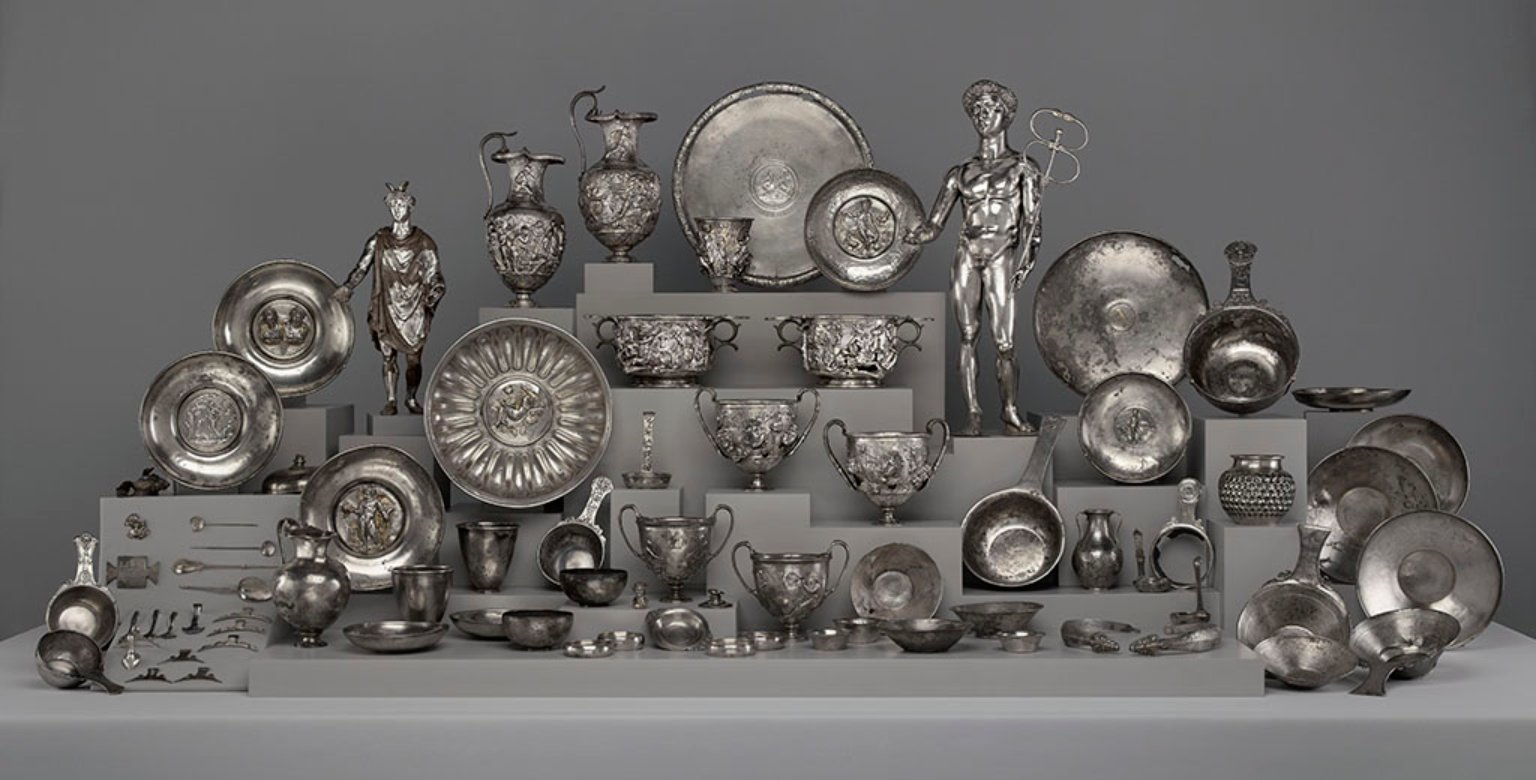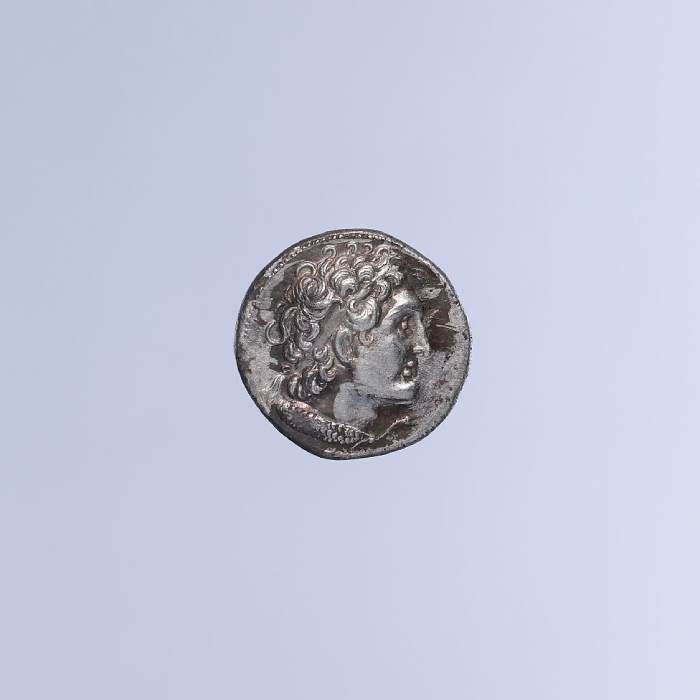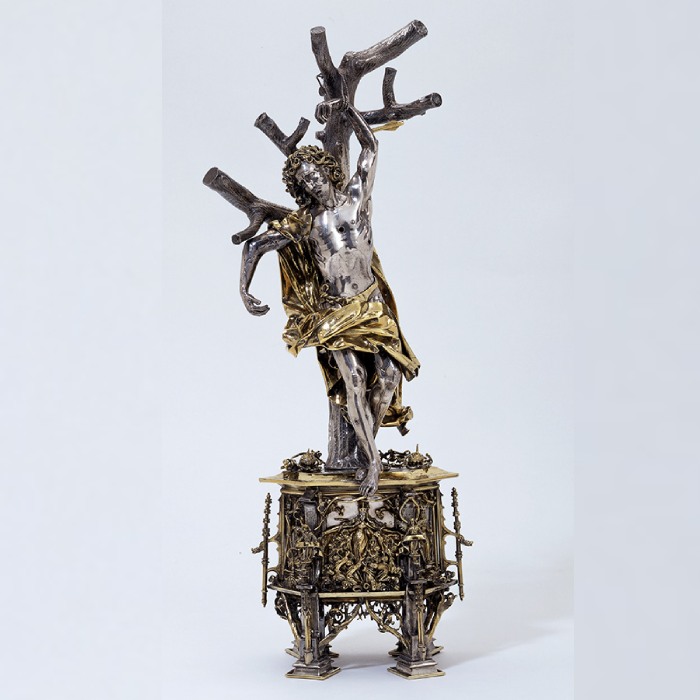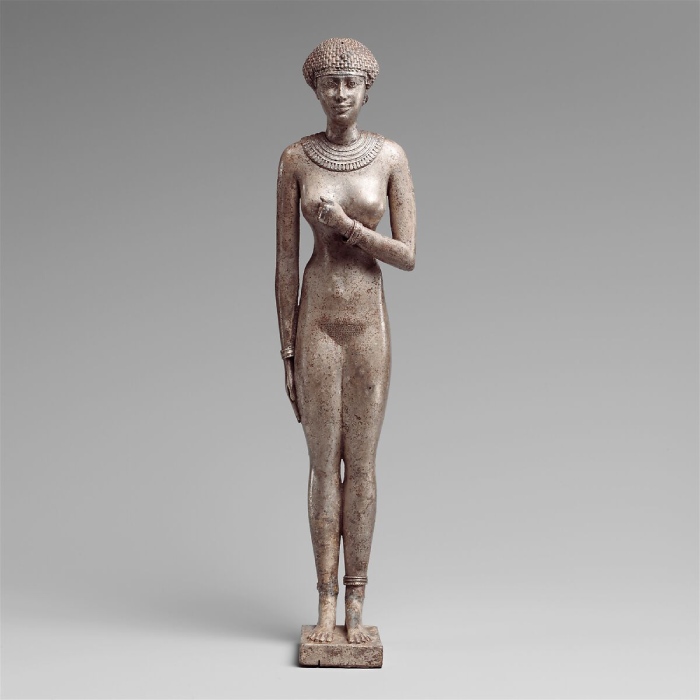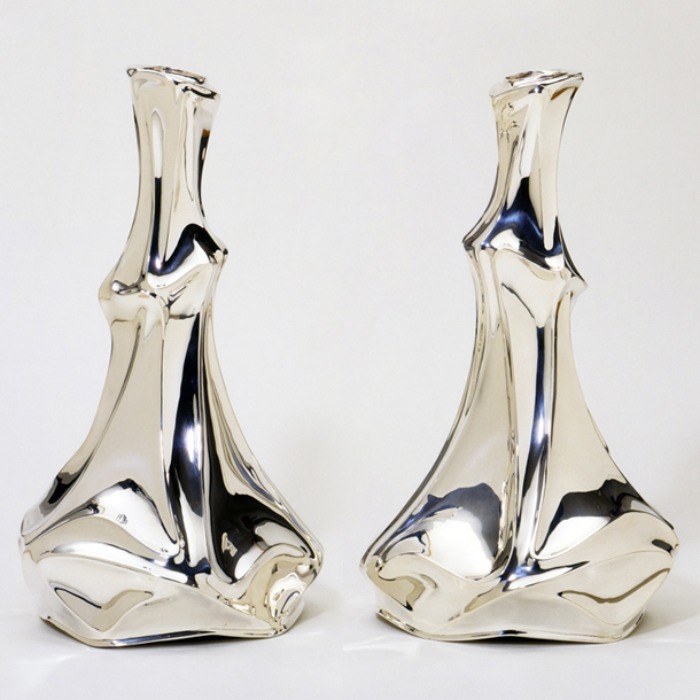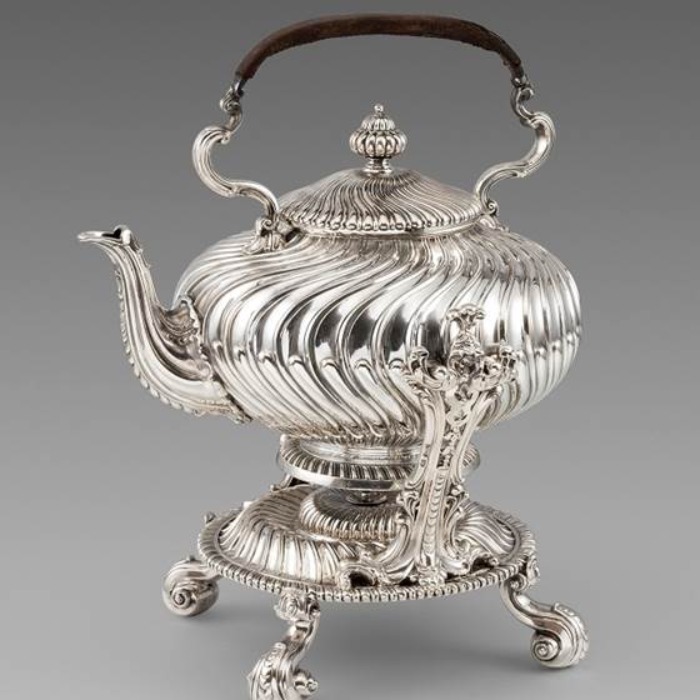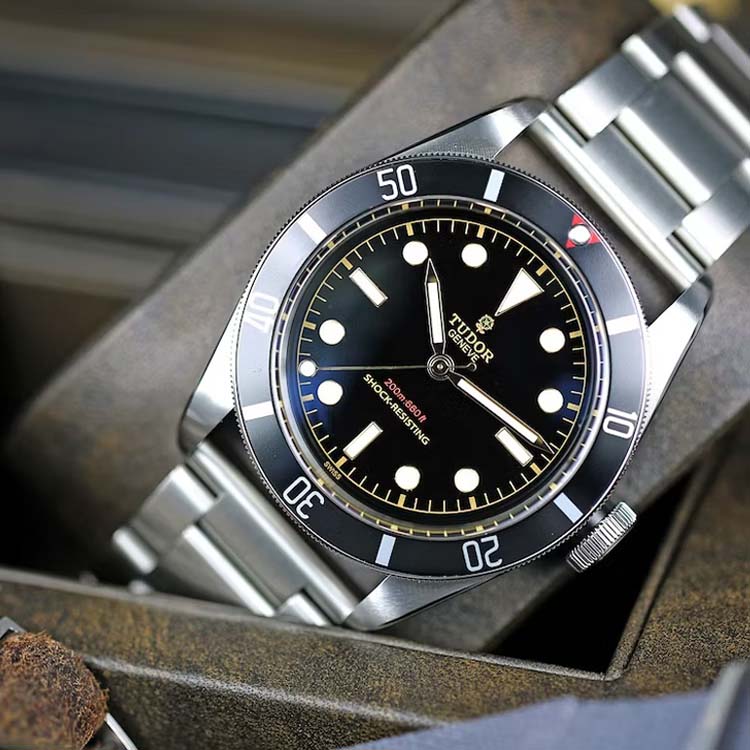BRIEF HISTORY OF SILVERWARE
A metal of antiquity and versatility, silver has grown and evolved radically overtime. It is its qualities of impeccable shine, non-reactivity, easy malleabilityamongst others that have led to its constant unfolding. From money tojewelry, from flatware to full pieces of furniture, it has been molded into all.Here is a flashback of this prized metal’s transformation across differentcivilizations.
7TH – 5TH CENTURY BC | SILVER AS COINAGE & DECORATIVE ART & BURIAL OBJECTS
In ancient times, silver was primarily used as currency. It has a relatively low melting point,has an alluring luster, anti-bacterial properties,is non-reactive and hence doesn’t corrode orrust when used on a daily basis. Moreover,silver was relatively harder to find in its purestform, and therefore became a symbol ofluxury. Its riveting appearance, its obscurepresence & its inevitable comparison with themoon combined with its position as ‘storer ofvalue’, catapulted it to become an idealmaterial to craft luxury goods. For thesereasons, silver, even in today’s age, is associated with affluence and luxury
Excavations in ancient countries havediscovered ancient graves that werefilled with silver items like silver bowls,dishes and much more. The individualsin olden times chose their most preciousitems to travel with them in the afterlife, and hence chose their silver possessionsto accompany them. The presence of silver in graves indicates that silver wasincredibly valuable to the people in thebygone era.
MEDIEVAL PERIOD | SILVER ASDEVOTIONAL OBJECTS
Throughout the Middle Ages, silver wasconsidered more valuable than gold, both interms of monetary value and symbolicsignificance. This was because the supplies ofnative silver were limited. It was deployed tocraft jewelry, domestic decorations and as athread that could be woven into tapestries.With the rise of church in the 11th century, andthe increasing importance of silver, the metalwas increasingly used to construct devotionalobjects like reliquaries and liturgical objects,such as crucifixes and chalices.
THE RISE OF STERLING SILVER & SILVERSMITHING
In the 12th century, it was discovered that thesoftness of silver also came with some restrictions. Toelevate its strength and hardness, medievalcraftsmen began to blend other metals into silversuch as copper, which became sterling silver. Thisnewest form of silver was more resilient andconducive to create new types of objects.
The increased discovery of both silver & sterling silveralike, led to increase in its exports and prompted theincreased requirement of silversmiths. This was thehigh point in silversmithing, as the demands forhigh-end silver products increased. Some of theimportant makers were Paul de Lamerie, theGarrards silversmiths and Hester Bateman.
19TH & 20TH CENTURY SILVERWARE MACHINES
Until the 18th century, silver items were apossession of just the elites. It was a costlyraw material and trained silversmithsdemanded huge commissions to craft anypiece. However, with the rise of technologyin the 19th century, machines forsilverware were invented. This became aquick and cost-effective way of producingsilver goods. It was in this timeline, whensilver products were bought by the middleclass, and not just the aristocracy.
SILVER IN 21ST CENTURY TECHNOLOGY & HEALTHCARE
Attributing to the diverse characteristics ofsilver, today silver is used in healthcare &electronic devices. Even NASA’s Magellanspacecraft was fitted with silver coated quartztiles as it aids in reducing solar radiationduring a mission in space. However, silvercontinues to be used as a luxury material fordecorative items such as jewelry, hollowareand flatware.
HISTORY OF SILVERWARE IN INDIA
Similar to the global history of silverware, Indianhistory goes back to the evidence by theexcavations of silver objects from the ancientsites of Harappa and Mohenjo-Daro. By the sixthcentury, the silver coinage was introduced forthe first time in the country. Over the years, thenoble metal has evolved to craft jewelry,decorative items, flatware, devotional artworksetc.
Owing to the massive diversity of cultures inIndia, there are a myriad of techniques that areused in different parts of the country. Forexample, in Kashmir craftsmen are skilled inmaking functional articles like tea-sets, traysand jugs. Common designs used here are thearabesque, paisley motifs, the rosette and chinarleaf shapes.
COOKE & KELVEY SILVERSMITHS
Just like the olden times, we take oursilverware very seriously at Cooke & Kelvey.A craft that we have honed since 1858. It’sour constant endeavor and underlyingvalue to craft silverware pieces that aretimeless in their design and stand the testof time. Made from 925 sterling silver, eachpiece is handcrafted carefully by mastersilversmiths with the goal to create objectsof art that are worthy of becoming familyheirlooms.

